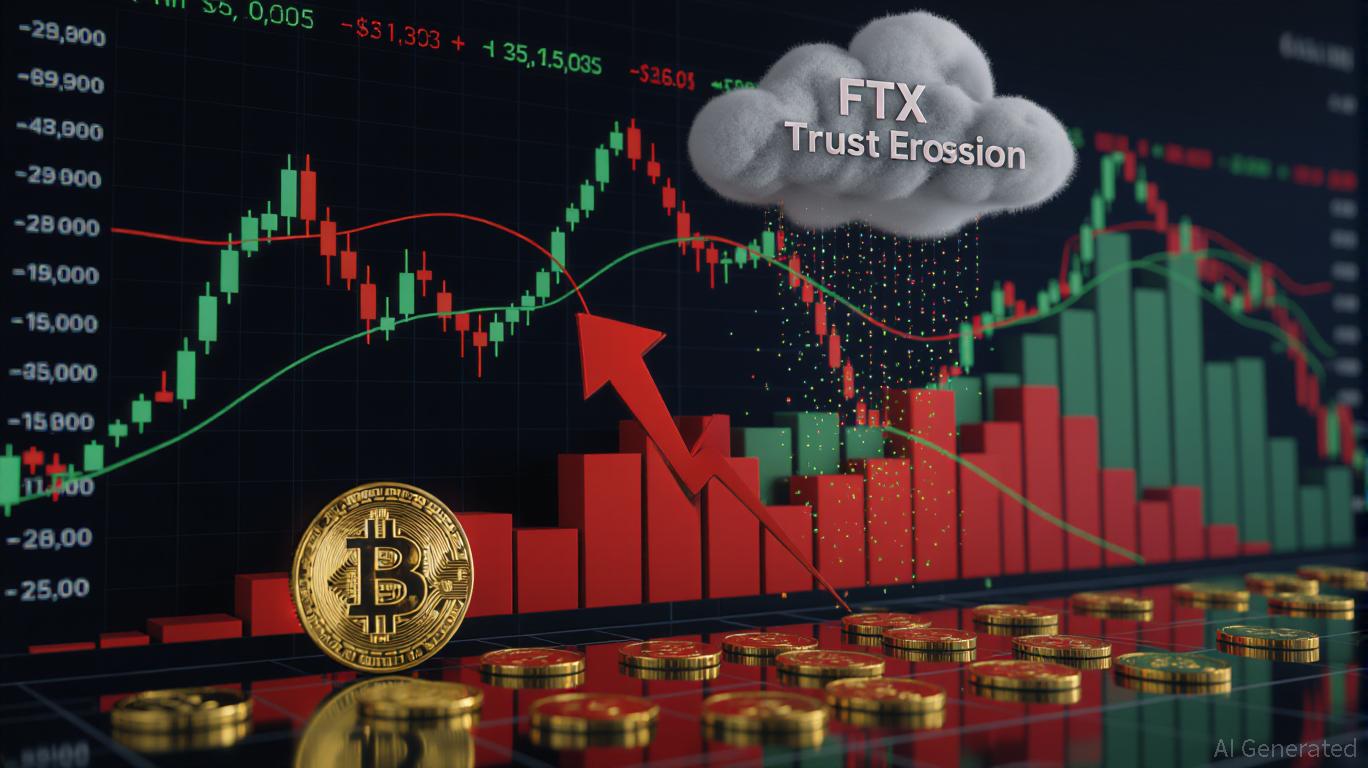EMCD’s Crypto Battle Highlights The Best Investment Strategies For Beginners
EMCD’s Crypto Battle brought risk and restraint into focus as experts debated Bitcoin’s future, portfolio balance, and retail strategies.
Two opposing crypto strategies went head-to-head during EMCD’s latest Crypto Battle, co-hosted with BeInCrypto, where investors debated how to survive and grow in a volatile market.
The live online event, held on October 30, featured Michael Wrubel, a crypto analyst and YouTuber known for high-risk altcoin strategies, and Jan Warmus, EMCD’s Director of Partnerships, representing a more conservative and mining-focused perspective.
Balancing Risk and Reward
In the first case, both experts assessed a viewer’s Bitcoin-heavy portfolio.
Warmus called it “a sensible, beginner-friendly allocation,” stressing that staying with well-known assets and avoiding coins one doesn’t understand prevents major losses.
Wrubel countered that while Bitcoin and Ethereum are essential, “the big returns come from lower-cap projects” capable of outsized growth.
The Allure and Danger of Memecoins
When asked how to identify the next 10x token, both speakers agreed such predictions are nearly impossible. Warmus compared the odds to gambling: “Recent analysis showed only 0.12% of new coins reach that level—worse odds than roulette.”
Wrubel focused on sentiment, advising traders to “watch the community on X and Telegram” as hype and engagement often signal potential upside.
Bitcoin Mining Profitability
A story about an early miner selling thousands of BTC for a MacBook set the stage for discussion on Bitcoin’s long-term growth.
Wrubel projected Bitcoin could “surpass $1 million” as institutions adopt it as digital gold. Warmus agreed, linking Bitcoin’s rise to expanding institutional adoption and regulatory clarity.
However, he warned that mining success now “depends on efficiency, energy costs, and scale,” describing modern mining as “an industrial, not a hobbyist business.”
Even the bots know what’s up… pic.twitter.com/VlVs4x38qU
— EMCD (@emcd_io) November 7, 2025
Institutional and Retail Strategies
For companies with $100,000 to allocate, Wrubel advised a simple 80/20 Bitcoin-Ethereum split. Warmus recommended a diversified model:
- 70–80% in Bitcoin, ideally with some funds in mining infrastructure;
- 15–20% in Ethereum;
- Up to 10% for selective altcoins or tokenized assets.
He emphasized compliance and custody as top priorities for institutional entrants.
For small retail investors, Warmus highlighted Dollar-Cost Averaging (DCA) as the most reliable entry strategy. “If you invested $100 monthly since 2020, it would now be worth about $26,500,” he said. Wrubel, meanwhile, argued that those seeking “life-changing returns” must accept higher risk with small-cap assets.
Banking, Yield, and Risk
The discussion closed with questions on crypto’s equivalent to bank deposits. Wrubel noted staking as an alternative that provides yield. Warmus cautioned users to remember that “there’s no government guarantee” and that yield always depends on the platform’s risk management.
Closing and Audience Interaction
The session ended with a Q&A and a prize draw for five Tangem wallet winners. Viewers engaged actively in chat, sharing stories of gains and losses.
The contrast between Wrubel’s aggressive investing style and Warmus’s disciplined approach underscored the debate’s central theme: crypto success lies in balancing risk, knowledge, and patience.
Disclaimer: The content of this article solely reflects the author's opinion and does not represent the platform in any capacity. This article is not intended to serve as a reference for making investment decisions.
You may also like
Revenue and Growth: Diverging Approaches in Global Fiscal Policies
- Brazil's tax-exempt bonds strain public finances, costing $11.3B annually amid rising issuances. - Japan unveils $110B+ fiscal stimulus for AI, semiconductors , and energy, potentially reaching $133B. - UK abandons income tax hikes, opting for threshold adjustments to address £35B budget gap. - Mexico's Supreme Court upholds $1.8B tax claims against billionaire Salinas Pliego's firms. - Global trend shifts toward targeted fiscal tools over broad tax hikes amid economic pressures.

The Unexpected Bitcoin Plunge in November 2025: Causes Behind the Drop and Future Prospects for Cryptocurrency Investors
- The November 2025 BTC crash resulted from Fed tightening, lingering FTX trust erosion, and institutional outflows. - Fed's hawkish liquidity controls and inflation focus created toxic conditions for Bitcoin's low-rate-dependent market. - FTX's unresolved $7.1B payouts and $20B institutional exodus since 2022 amplified panic selling through trust deficits. - Crypto investors must now wait for Fed policy clarity and prioritize transparent platforms with regulatory compliance.

Bitcoin Updates Today: Fed Navigates Uncertainty as December Rate Cut Remains Unclear
- Market expectations for a Fed rate cut in December dropped to 52% from 95% a month ago, reflecting deepening policymaker divisions. - Hawks like Collins emphasize inflation risks, while doves argue easing is needed to avoid restrictive policies amid weak labor data. - A government shutdown delayed critical economic reports, complicating decisions as structural shifts demand nuanced policy responses. - Bitcoin gains were capped by reduced cut odds, while broader markets remain sensitive to Fed signals on

Solana News Update: Solana’s Fast Network Draws $1.5 Billion in Stablecoin Growth as USDC and USDT See Significant Increases
- Circle mints $500M USDC on Solana , leveraging its 4,000 TPS speed and $0.002 fees to boost DeFi liquidity. - Solana's 2.4M active addresses and 83M transactions highlight its appeal as Ethereum's high-throughput rival. - Tether simultaneously issues $1B USDT on Ethereum , contrasting with Solana's retail-friendly low-cost model. - Institutional adoption grows via Solana Staking ETF and major firm participation, challenging Ethereum's upgrades. - $1.5B stablecoin surge reflects demand for cross-chain sta

